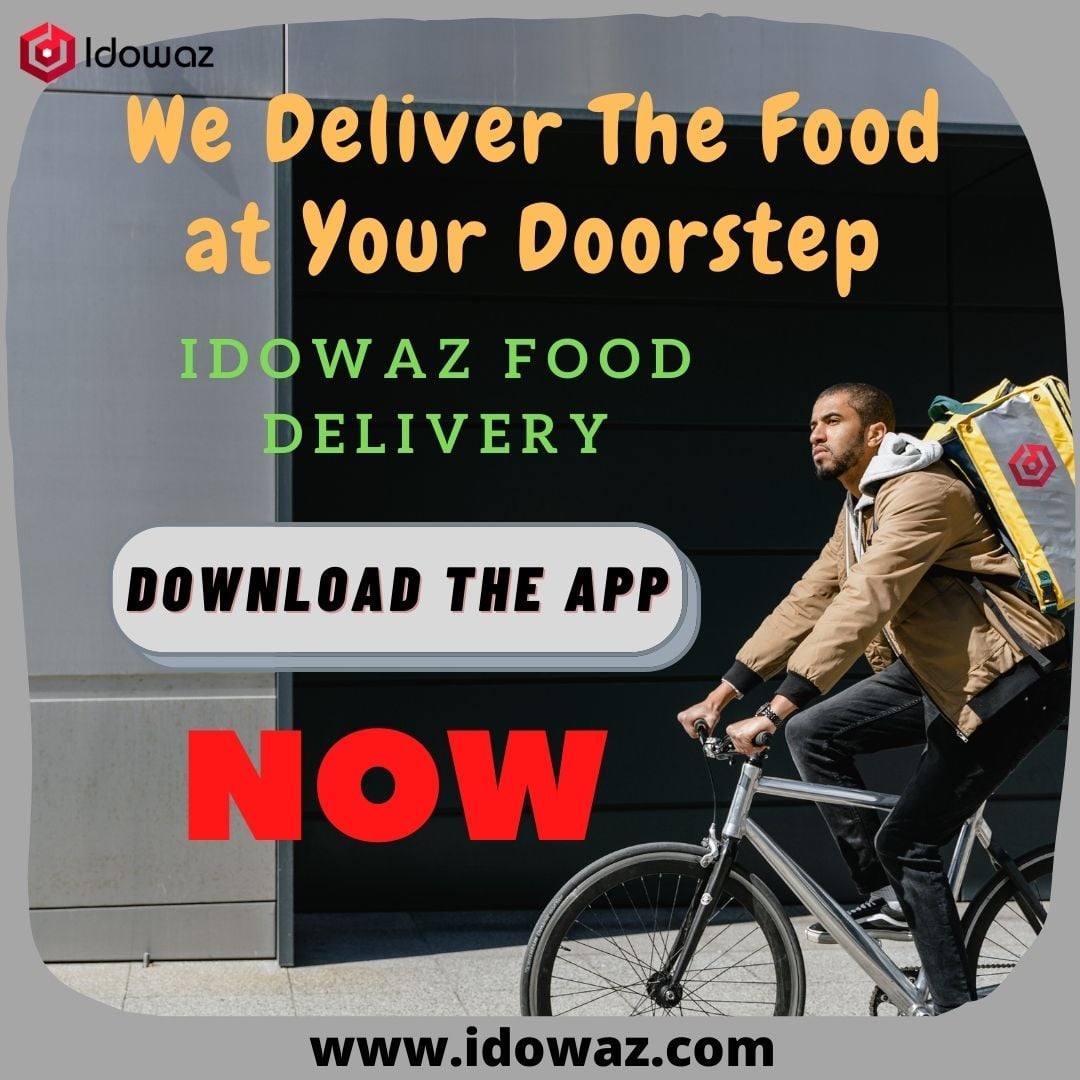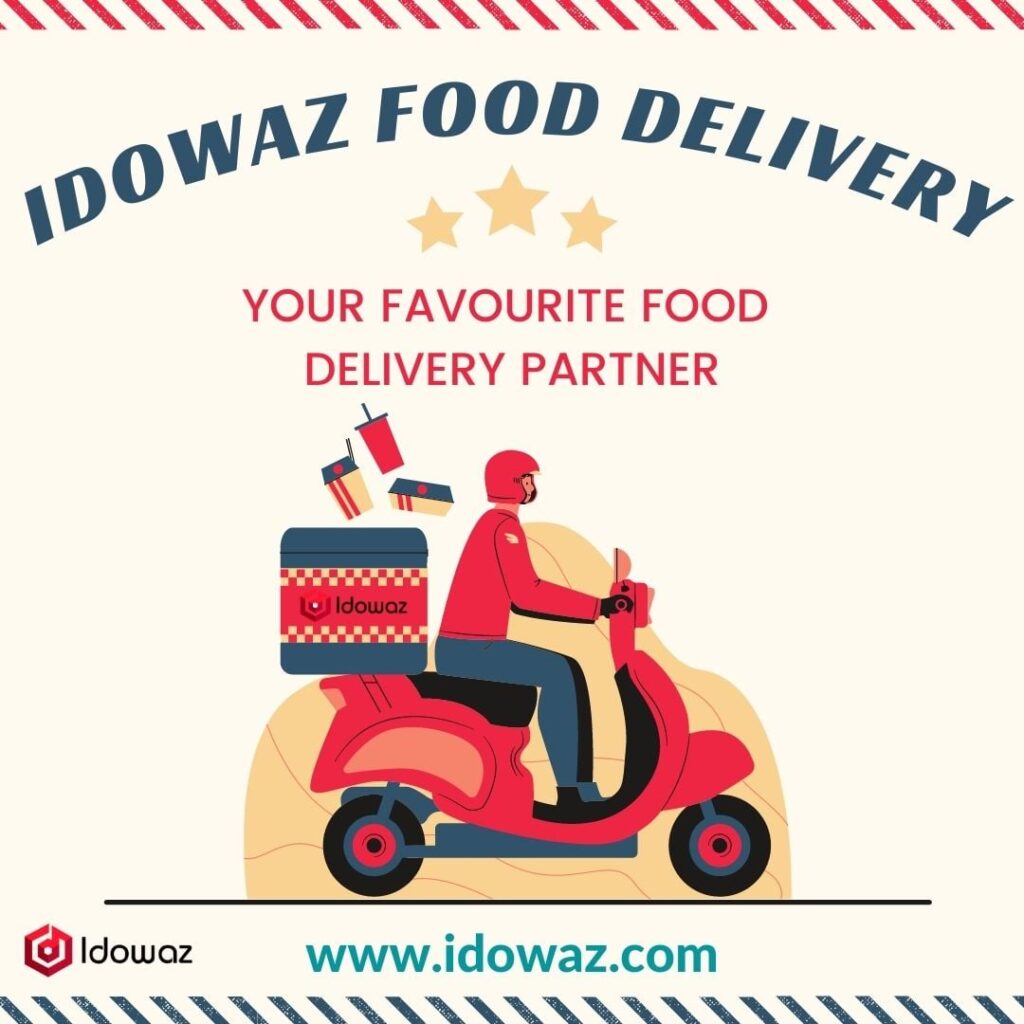Over the past few months, food delivery and take-out have become a lifeline for restaurants around the world. If we say The Future of Food Delivery is magnificent, it won’t be wrong.
While the COVID-19 pandemic is the most difficult challenge the industry has to overcome, it exemplifies the remarkable resilience of restaurants, which are changing their business models overnight, doing all they can for themselves.
Meal delivery was booming before we were hit by the coronavirus. And now more than ever, online ordering has become the norm, providing a fast, convenient and efficient solution.
When all of this is done, some of these new habits will stick around, and the way we all approach delivery will change. Now you can imagine how the future might look like.
Delivery and take-out won’t go away anytime soon
If this statement was true before the crisis, it will be even more so when things return to normal. But what is the condition of the new normal look like after Covid-19 is done?
Recent consumer surveys show that 67% of Americans will be very careful when restaurants reopen, and 12% say they may never return to a restaurant.
One thing is certain: even when restaurants are allowed to reopen permanently, social distancing will still have to be respected in the future – by drastically reducing the surface area of restaurants.
In particular, off-premises meals, delivery, and take-out can make up for this shortfall and remain an additional source of income for restaurants, even after the measures are lifted.
According to the UK CGA study, it shows that among those who ordered for the first time, or more often than usual, 60% said they would always order as much food for delivery or take away (70%) from restaurants in the future.
More than a third (37%) also said they were likely to place orders with pubs and bars when delivery was available.
Meals for the family and cooking kits
Many restaurants offer family-sized meals to meet current demand, while others offer kits for cooking whole meals.
Both solutions are cost-effective for families who need to feed four or five people and who want the quality of a restaurant meal.
XXL meals can consist of several dishes to share, with a few starters, main courses, sides, drinks, and desserts, but you can also order main dishes in family format (like pasta and sauce in large size).
Kits, on the other hand, are a fun way to get the whole family together to cook one of their favorite meals at your restaurant.
It’s also a good opportunity to show off your brand personality by including clear and fun instructions and the ingredients for preparing the meal.
Desserts and side dishes
There was a prediction by Food trends for 2020 that there might be an increase in the popularity of desserts and sides, both on-site and for deliveries.
It seems that life in confinement has accelerated this trend. Idowaz Food revealed a few weeks ago what the British cravings were during the lockdown.
In particular, he announced a 36% increase in dessert orders.
Likewise, the sides were ordered more than usual. People want to indulge themselves with a few of their favorite foods when locked in their homes, and they will likely continue to enjoy these little pleasures in life after confinement ends.
Wholesale ingredients and grocery delivery
Supermarkets, grocery stores, and other retailers were already starting to enter the delivery market, a trend that seems to be exploding during the current crisis.
It makes genuine sense: people want to stay at home and have their meals and groceries delivered right to their doorstep.
Thus, more and more restaurants sell their ingredients separately, which at the same time allows them to solve their problems of excess stocks.
A significant percentage of local businesses like butcher shops and bakeries have also started delivering their products – and why would they stop once the pandemic is under control?
Convenience is a priority for today’s consumers, a need that will certainly not change after the coronavirus.
By offering delivery (or take-out), food retailers are giving consumers what they want, while opening up an additional sales channel.
Contactless customer service experience
Raising awareness of health, hygiene, and food safety issues will be even more important than ever before, both for restaurateurs and their employees and for customers.
That’s why it’s highly likely that contactless transactions won’t go away anytime soon.
Businesses across industries will need to upgrade their technology to provide customers with contactless payment and delivery solutions.
A country like India already using a wallet, cash, and UPI system for online payments along with debit/credit cards.
People from Worldwide are going to be very careful with touch screens.
If they’re not sure that the proper hygienic precautions have been taken, they’ll likely prefer to order by phone or using their own mobile devices … which brings us to the next likely change in delivery: smartphone order.
Smartphone control technology
Smartphone ordering technology is becoming the new standard for the restaurant industry.
Combining the need for convenience with safety and health concerns, mobile apps and online ordering sites are continue to do well.
Restaurants need to invest in online ordering, whether through their own site or app or through a platform like Idowaz, Uber Eats, Zomato, Just Eat, etc.
Whether restaurants offer delivery and take-out on their own or with the help of an online ordering platform, they will need to streamline their operations to best handle these new types of orders.
Ghost kitchens
While ghost kitchens are not yet a restaurant priority, they will be as the demand for delivery continues to grow.
Ghost kitchens are industrial kitchens that only offer a delivery service; they are restaurants without storefronts.
The Ghost Kitchen business model enables restaurants to reduce operating costs, test new concepts and audiences, and build virtual brands with low risk.
Ghost kitchens allow existing restaurants to outsource all aspects of delivery to centralized premises, where all services can be tailored for many brands.
The lack of a physical cash register gives restaurants more leeway, even in times like this, and it can also help them scale their businesses faster.
The Food Delivery business was growing consistently but Covid-19 gave thrust to it. The future of Food Delivery is radiant.









